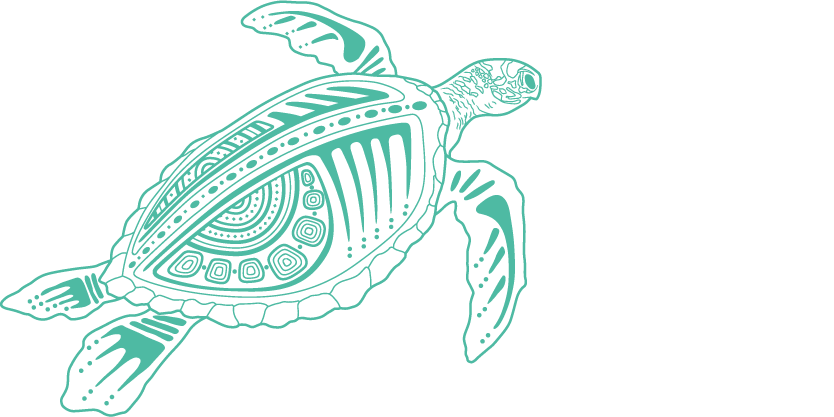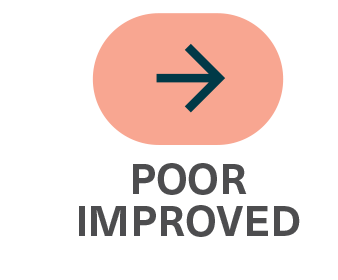Ten habitats are graded in terms of current condition and changes over the past 5 years with respect to impacts on dependent species. Halimeda bioherms and meadows, and continental slope habitats, remain in very good condition. Islands, mainland beaches and coastlines, mangrove forests, lagoon floor, and other banks and shoals, are assessed to be in good condition, and seagrass meadows have improved to good (borderline poor) since 2019. Coral reefs have improved to poor (borderline good), and the grades for component regions indicate that condition generally decreases from the north to the south of the Region.
The full assessment summary is in Section 2.5.1.




